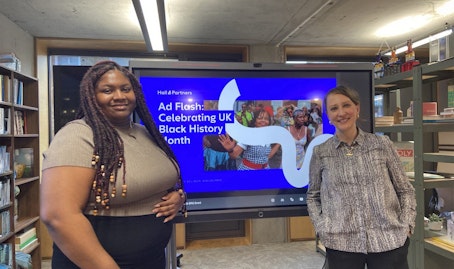
Historically, luxury expenditures by Middle Eastern consumers have exceeded global averages, particularly with personal luxury goods. Today, these purchases are fuelled by a demand for high quality and prestige, as well as the need to acquire or maintain a social status. It’s therefore no surprise that this market is of significant interest to luxury brands, despite the lack of fresh and relevant insights for our region.
Intrigued by the luxury aspirations and purchase behaviours of Millennials (18-33 y.o) and Generation X (34-54 y.o.) in the UAE and Saudi Arabia, OMD commissioned Hall & Partners MENA with a research project on what luxury really means to them. The study also investigated their expectations of the sector, their particular purchase journey and the role of each media type during this journey.
Our study found that Millennials in the region are material hoarders
The first of the project’s three phases was designed to secure a better grasp of existing nuances through an immersion session with OMD’s luxury unit as well as desk research. From here, we developed hypotheses and conducted primary research using qualitative focus groups comprising high net-worth individuals. We then ran quantitative face-to-face interviews. Based on global research as well as previous sentiments on the topic, we came up with three assumptions:
- There has been a switch from the ‘I have/want’ mentality to the ‘I experience’ attitude
- There is an on-going shift in purchasing heavily logoed branded goods to purchasing more subtle luxury
- Customers are becoming more knowledgeable in the digital age and as a result, are becoming less loyal
Our research found that the majority of expectations built on global insights didn’t apply to everyone in our region. For instance, though the switch from the ‘I have/want’ to the ‘I experience’ mentality does apply to some cases in Generation X, who believe experiences and exclusivity are the real definitions of luxury, our study found that Millennials in the region are material hoarders. They purchase and own several luxury items in an attempt to either differentiate themselves from the masses or feel a sense of belonging to an exclusive group.
The second assumption was also squashed. Unlike other global markets that favour subtle luxury, Arabs in general show no preference for either heavily or subtly branded luxury goods, so long as they are buying the newest product from the latest collection in the market.
However, the assumption about diminishing loyalty in the region was proved right. Millennials are becoming effortlessly diligent in their online search habits and in this are joined by Generation X females. Knowledge-sharing for them happens on social media platforms, such as Snapchat, Instagram and YouTube. Millennials are actively looking for and following influencers online, while Generation X females are taking their offline preferences online by following the personalities, actors and celebrities they watch on TV. In light of this constant online exploration and validation of brand/product choices, loyalty to luxury brands has reduced tremendously.
With this and other fresh and actionable insights for luxury strategists and planners, this study not only assesses widely-held notions but also highlights new opportunities and challenges in this region. It ultimately illustrates, if that was ever needed, the importance of local or regional consumer research to avoid falling into the trap of myths and assumptions based on global insights.








